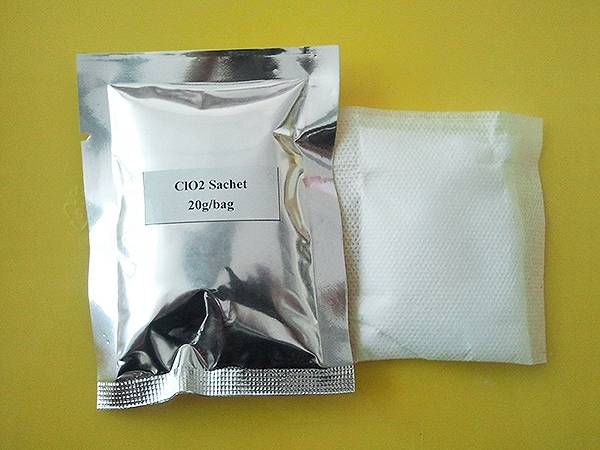



manganese sulphate fertilizer composition
Understanding Manganese Sulphate Fertilizer Composition
Manganese sulphate, a chemical compound with the formula MnSO₄, plays a crucial role in agriculture as a valuable micronutrient fertilizer. Its significance stems from manganese's essential role in plant growth and development. This article delves into the composition of manganese sulphate fertilizer, its importance, and its applications in agriculture.
Composition of Manganese Sulphate
Manganese sulphate fertilizer typically contains a high percentage of manganese, usually around 31% to 36% by weight, depending on the specific formulation and production process. The compound is usually found in a hydrated form, MnSO₄·H₂O, which includes one molecule of water for each manganese sulphate molecule. This hydration is essential for delivering the micronutrient directly to the plants in a form that can be easily absorbed.
In addition to manganese, manganese sulphate also contains sulphur, which is another crucial nutrient for plants. The presence of sulphur in manganese sulphate enhances its effectiveness as a fertilizer. Sulphur plays pivotal roles, including aiding in the synthesis of amino acids and proteins, which are necessary for plant growth.
The purity of manganese sulphate can vary, and high-grade formulations are specifically produced for agricultural applications. These formulations aim to reduce impurities such as iron and magnesium, which can affect the availability of manganese to the plants.
Importance of Manganese in Plant Growth
Manganese is an essential micronutrient that supports various physiological functions in plants. It plays a vital role in photosynthesis, as it is a component of the oxygen-evolving complex in photosystem II. This process is critical for the plant's ability to convert sunlight into energy.
manganese sulphate fertilizer composition

Moreover, manganese is involved in several enzymatic reactions, including those related to carbohydrate metabolism and nitrogen assimilation. This means that a deficiency in manganese can lead to stunted growth, chlorosis (yellowing of leaves), and ultimately lower crop yields.
Plants that commonly require manganese include those in the legume family, as well as crops such as corn, soybeans, and wheat. Soil testing is often conducted to determine manganese levels, aiding farmers in deciding when and how much manganese sulphate fertilizer to apply.
Application and Usage
The application of manganese sulphate fertilizer can be done through various methods, including broadcasting, banding, or foliar sprays. The method chosen typically depends on the type of crop being grown and the specific deficiency observed.
For soil application, it is essential to follow recommended guidelines to ensure that the right amount is applied and that it does not lead to nutrient imbalances. In cases where immediate correction is needed, foliar application can provide a quick supply of manganese directly to the plant leaves.
Manganese sulphate also finds application beyond agriculture. It is used in various industrial processes, including the production of batteries, glass, and ceramics, making it a versatile compound with numerous benefits.
Conclusion
Manganese sulphate fertilizer is an indispensable tool in modern agriculture, contributing to healthier plants and enhanced crop yields. By understanding its composition, importance, and application methods, farmers can effectively utilize this micronutrient to bolster their agricultural practices. With the right management strategies, manganese sulphate can improve soil health and promote sustainable farming systems.
-
Why Strontium Carbonate Still MattersNewsJun.06,2025
-
Why BaSO4 MattersNewsJun.06,2025
-
Why Barium Carbonate Still MattersNewsJun.06,2025
-
Strontium Hydroxide: A Versatile Compound for Modern ApplicationsNewsJun.06,2025
-
Strontium Chloride in Daily IndustryNewsJun.06,2025
-
Pure Potassium Nitrate for SaleNewsJun.06,2025
-
What Is Sodium Bisulfate Used For?NewsMay.15,2025










